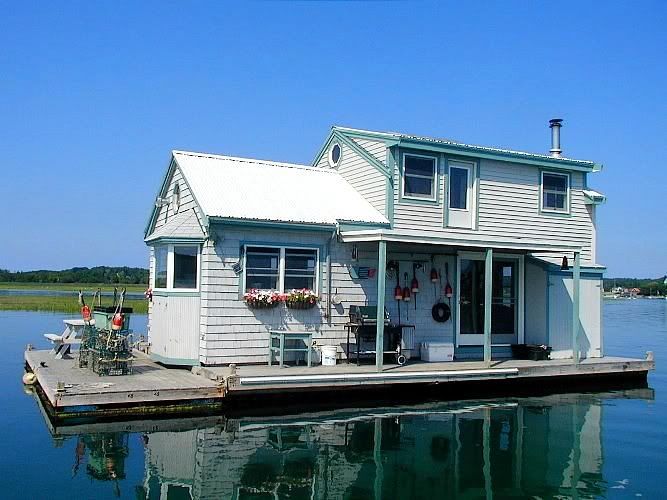Love the Chesapeake Bay? Great! Because there will be more of it! Nearly 200 square miles on the Maryland coast alone!
A 3-foot increase in the Chesapeake water level later this century will be a boon to the oystering industry, says a new report on climate change commissioned by Maryland governor Martin O’Malley.
The report was also good news for those who will be retiring near the end of this century. There won’t be a need to relocate to Tampa for retirement, far away from grand kids and bridge buddies; Maryland’s climate should mirror that of the popular retirement destination by 2100, according to the report.
With a temperature bump of up to 9 degrees, summer-long heat waves and a projected 24 days over the 100 degree mark, happy days are on the way for ice cream truck drivers.
But as usual, some nay-sayers couldn’t help but look at the report from a bleak angle. Asked about her opinion of the report, Madeline Sampson, a local systems analyst responded, “Um, half of Annapolis is going to be underwater.”
Glass-half-empty types aside, Maryland stands to benefit immensely from the human-induced alterations to the subtly balanced equilibrium of Maryland’s natural climate and coastline.
Sales of sand, sand bags, shovels and flood insurance are expected to rise steadily over the coming years, good news in these times of economic uncertainty.
Asked for his opinion of the report, local houseboat retailer Joel Hardiman replied, “This is really great news. All those folks who get flooded out are going to want houseboats. And I’m their man.”
Marine sports enthusiasts rejoiced as well. “I live most of my life on the water, so this will make my drive to the coast shorter,” remarked Sam Masterson, a Bowie resident.
The full report is due to be released in coming weeks. While local lawmakers in the pocket of Big Dry Land may react with measures aimed at slowing the progress of the expanding Chesapeake, national legislators are thankfully expected to supersede any such measures by maintaining the status quo. Continue reading

 Eight tornadoes blew through Virginia on April 28, leaving 145 families homeless and 200 injured. The Washington Post reported that cost estimates could top more than $21 million.
Eight tornadoes blew through Virginia on April 28, leaving 145 families homeless and 200 injured. The Washington Post reported that cost estimates could top more than $21 million.  Coalition members got to Annapolis early Monday morning to draw a line along the streets of Annapolis showing how twenty feet of sea level rise would affect the city. There was a good showing of
Coalition members got to Annapolis early Monday morning to draw a line along the streets of Annapolis showing how twenty feet of sea level rise would affect the city. There was a good showing of 


